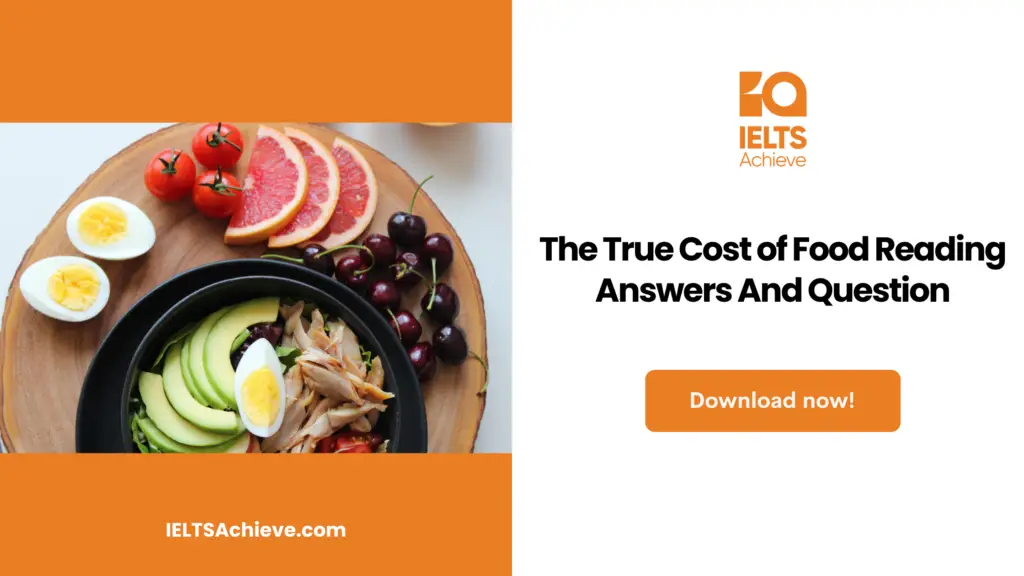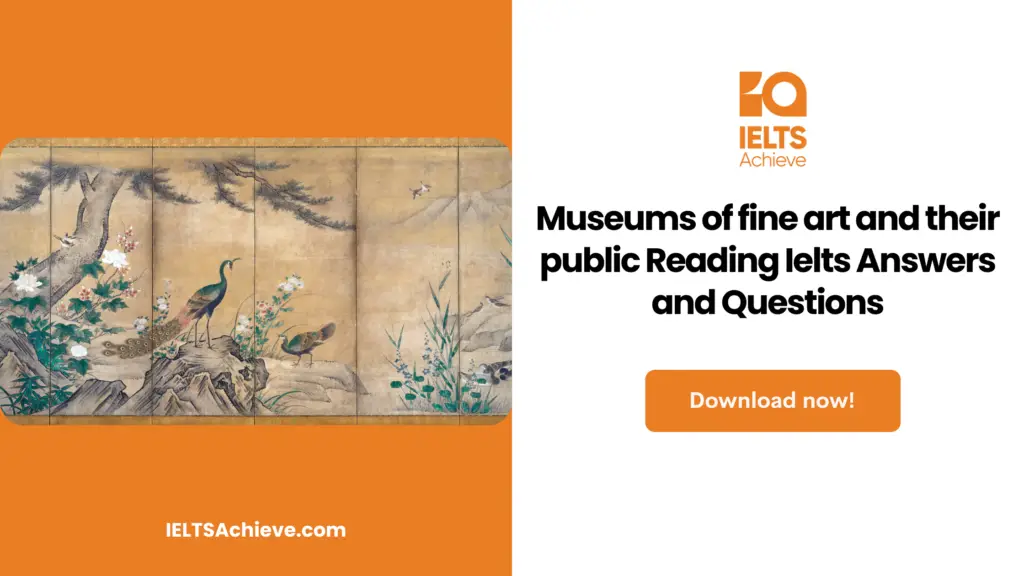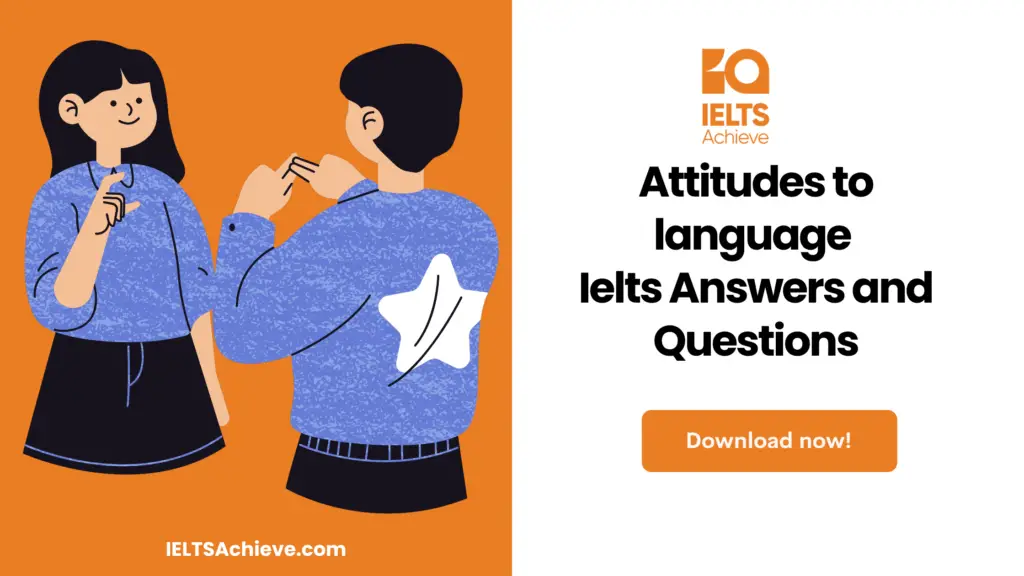The Blog post contains the following IELTS Reading Questions:
- IELTS Reading Yes/No/Not Given
- IELTS Reading Locating Information
- IELTS Reading Sentence Completion
Stay informed and prepared for success – Explore our comprehensive Reading Test Info page to get valuable insights, exam format details, and expert tips for mastering the IELTS Reading section.
IELTS Reading Passage – The True Cost of Food

The True Cost of Food
The food cost has been increasing over the last forty years. It has reached an extent where people across the globe started to think that the cost of food is expensive, and it is not easy to bring it down in the twenty-first century. But, that cost for food will not be in a cash transaction. When we look at the West, most food products are cheaper now than in the past. The cost of food in 1960 was not the same as now. The cost reduction results in collateral damage while food production has made the food cost less expensive, inclusive of water pollution, soil degradation, the deterioration of wildlife, the damage to animal well-being and finally the threat to human health caused mainly by the modern agricultural practices.
The initial step was mechanisation, followed by a large amount of chemical fertilisers and pesticides used, then came the monocultures, then livestock rearing, and ultimately genetic engineering is the current trend. This continuous intensive farming seems to be impossible to stop as it’s been going since the last five decades, and the crop yields of produce have increased exponentially. Apparently, the damage caused might be huge. In the UK, for instance, some of the beautiful farmland birds, like the skylark, the lapwing, the grey partridge, and the corn bunting, have disappeared from the countryside along the stretches, just like the wild-flowers and insects. This transition is due to the fact that our food has been produced in the last forty years. Thousands of kms of hedgerows, thousands of tons of water vanished from the Earth landscape. Beyond that, the salmon farming has made wild salmon run from different parts of the ocean lochs and rivers of Ireland and Scotland. The most dangerous thing is the depletion of natural soil fertility in many parts of the world due to persistent industrial fertiliser and extensive consumption of pesticide for agriculture, while the development of algae is rapidly growing in lakes because of the fertiliser run-off.
When we put everything together, it more or less looks like a war zone, however people as consumers hardly make the connection in the dining area. We reached this state of place due to the costs of all damage we made and this is what economists call externalities. It means, they occurred from the outside transaction, for instance, cultivating and giving a field of wheat to a buyer, that is directed by neither farmers nor consumers. For certain community people, it may not even appear to be financial at all, but just aesthetic. And it is nothing but a shameful act, where there is nothing to do with financial aspects. Nevertheless, consumers are not paying for what they eat, are they?
The cost and price paid to the society are quantifiable and, when it is added up to the overall cost, it becomes a huge amount. To do this, an excellent way was found by Professor Jules Pretty, one of the leading thinkers related to agriculture. He is the Director of the Centre for Environment and Society at the University of Essex. Meanwhile, Professor Pretty and his peer groups estimated the external factors of British agriculture for one specific year. In the process, they summed up the costs of repairing the damage it created and ended up with nearly an amount of 2,456 million euros. This is equivalent to 220 euros for each hectare of land that is arable and permanent pasture, almost as much again as the full government sector and the EU offers financial assistance for British farming in the same year. And analysing all the above factors, it is clear that it was a conservative prediction as told by Professor Pretty.
The costs involved: 16.5 million euros for cleaning off nitrates; 57 million euros for removing phosphates and unwanted soil; 126 million euros for rebuilding habitats for wildlife animals; 24 million for eradicating bug cryptosporidium mainly from drinking water that is done by commercial companies that make clean water. 122 million euros for removing pesticides; 1115 million euros for reducing gas emissions that lead to severe climate change and climatic conditions; 108 million euros for the erosion of soil and the loss of organic carbon; 176 million euros for preventing food poisoning; finally 609 million euros for treating cattle disease. Thus, Professor Pretty gives a simple yet powerful conclusion from the above is that our food bills are threefold by now. At present, we are paying three different taxes to get our food that is supposed to be cheap. Meanwhile, it will provide more subsidy support to develop intensive farming in modern terms. Lastly, it has to be done to clear the chaos that is caused in these modern days.
So can the true cost of food be decreasing in the future? Splitting away from the industrial form of agricultural produce as the problem-solving strategy to tackle hunger may be extremely difficult for certain countries, however in countries like the UK, where the requirement to provide food is not so immediate, and the costs and the consequences of intensive farming were witnesses, and it can be feasible if it is executed properly. All governments want to build a sustainable, competitive and inclusive farming and food industries, which will set a path to potential and sustainable rural economy, and highly-developed environmental, socio-economic, health, and animal development objectives.
When the industrial type of agricultural farming is removed and replaced by something, what would be the result? Professor Pretty thinks that agricultural farming organically might be a big leap in thinking and practices for millions of people who practise agriculture. Moreover, the price rate might put the food products beyond the imagination for many poorer consumers as the price would be expensive. To overcome this, he suggests jump-starting a ‘Greener Good Standard’, which would eventually move the market towards sustainable environmental practices compared to the present system, not wanting the entire resources for organic farming and food production. This kind of standard would convince many farmers to leave the different kinds of farming (some are unethical), including agrochemical use, soil quality, facilitating land, water and energy usage, food security and more importantly animal health. This will surely take a long time to see, he says, transforming consumers and farmers into sustainable agriculture that ensures a brighter future.
Unlock your full potential in the IELTS Reading section – Visit our IELTS Reading Practice Question Answer page now!
Recommended Questions:
Renewable Energy IELTS Reading Question with Answer
The True Cost of Food Reading Questions
Questions 1 – 7
This reading passage has seven paragraphs A – G.
Which paragraph contains the following information?
Write the correct letter, A – G, as your answer to each question.
Note: You may use any letter more than one time.
- Professor Pretty thinks that agricultural farming organically might be a big leap
- All governments want to build a sustainable, competitive and inclusive farming and food industries
- The cost and price paid to the society are quantifiable
- Most food products are cheaper now than in the past
- EU offers financial assistance for British farming
- Consumers are not paying for what they eat
- Development of algae is rapidly growing in lakes
Questions 8 – 11
Complete the sentences below.
Write ONE WORD ONLY from the passage for each answer.
8. Price rate might put the ____________ products beyond the imagination for many poorer consumers. 9. Thousands of kms of ________________, thousands of tons of water vanished from the Earth landscape. 10. The initial step was ________________, followed by a large amount of chemical fertilisers and pesticides used. 11. We reached this state of place due to the costs of all damage we made and this is what economists call ____________.
Enhance your sentence completion skills in the IELTS Reading section. Click here to access our comprehensive guide and learn effective strategies for filling in missing words or phrases in sentences.
Questions 12 – 13
Do the following statements agree with the information given in the reading passage?
Write
YES, if the statement agrees with the claims of the writer
NO, if the statement contradicts the claims of the writer
NOT GIVEN, if it is impossible to say what the writer thinks about this
12. ‘Greener Good Standard’ will move the market towards sustainable environmental practices.
13. Salmon farming has made wild salmon run from different parts of the ocean lochs and rivers of Scotland alone.
Want to excel in identifying the writer’s views and claims? Click here to explore our in-depth guide on how to accurately determine Yes, No, or Not Given in the IELTS Reading section.
Unlock your full potential in the IELTS Reading section – Visit our IELTS Reading Practice Question Answer page now!
Recommended Questions:
Renewable Energy IELTS Reading Question with Answer
The True Cost of Food Reading Answers
1. Paragraph G
2. Paragraph F
3. Paragraph D
4. Paragraph A
5. Paragraph D
6. Paragraph C
7. Paragraph B
8. Food
9. Hedgerows
10 . Mechanisation
11. Externalities
12. YES
13. NO

We hope you found this post useful in helping you to study for the IELTS Test. If you have any questions please let us know in the comments below or on the Facebook page.
The best way to keep up to date with posts like this is to like us on Facebook, then follow us on Instagram and Pinterest. If you need help preparing for the IELTS Test, join the IELTS Achieve Academy and see how we can assist you to achieve your desired band score. We offer an essay correction service, mock exams and online courses.

